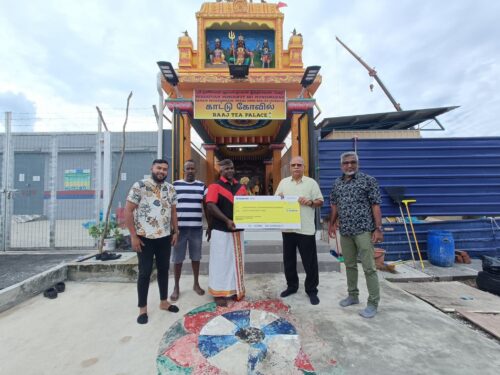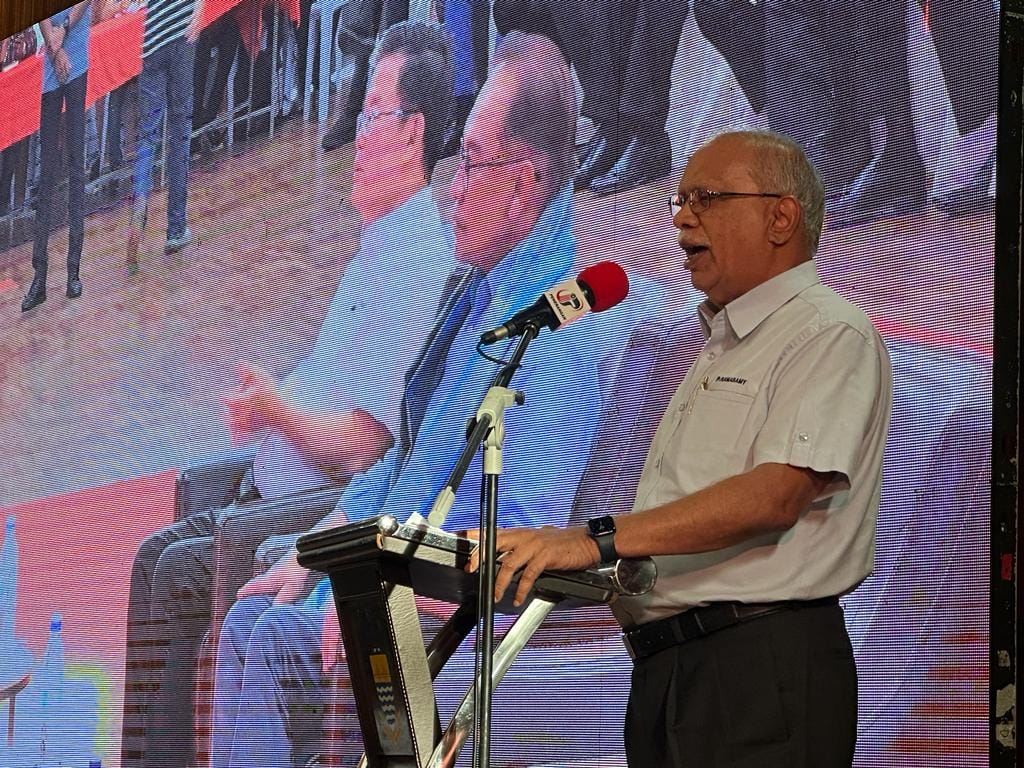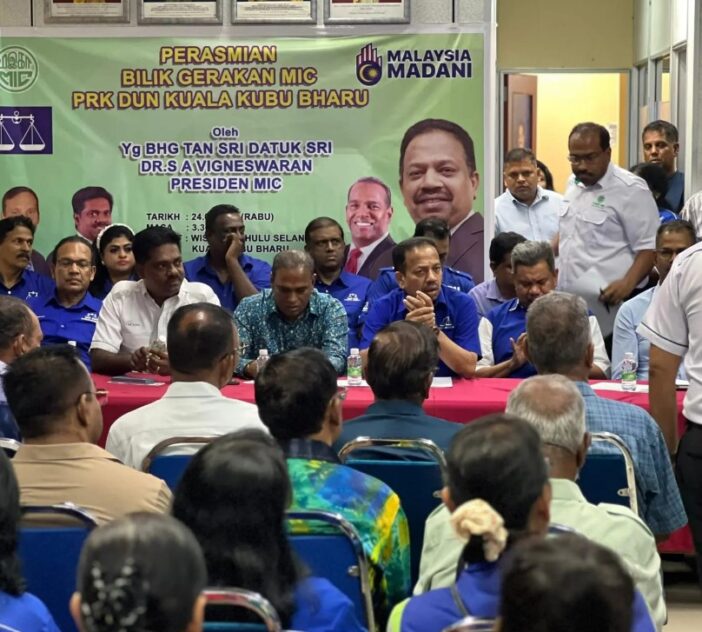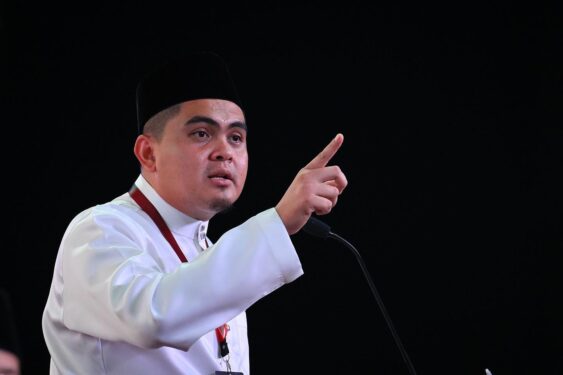Editor’s note: His detractors may label him as sour grapes for turning his back on DAP after the party insisted on not granting him one final wish to serve the Perai state constituency for one more term.
But all is not lost for Prof Ramasamy Palanisamy, 74, who is all out to harvest his two-decade long political stint for the betterment of the “disadvantaged” Indian community who continued to be deprived of political power despite rallying solidly behind modern day so-called multi-ethnical parties in the likes of DAP or PKR.
The former Penang deputy chief minister II gets up-close and personal with FocusM on his next course of action and future plans in light of his departure from DAP on Aug 9 after an almost two decades of struggle alongside the party he joined in September 2005.
Q: Are you contemplating setting up another political party or NGO for that matter following your recent exit from DAP?
Nothing has been firmed up since I left DAP two days before the Aug 12 six state elections. It was a difficult decision having been in the party for 18 years and more so having identified with the party since the days I was in Universiti Kebangsaan Malaysia (UKM).
I was identified with the party and its leadership because the party’s struggle for a better Malaysia went beyond race and religion. Whether the party still holds to the ideals of its struggle, I leave it to party members and Malaysians to judge.
After I left DAP, nothing concrete has been firmed up. It remains to be seen whether I want to form a political party or a NGO (non-governmental organisation) to take up the interests of Malaysians particularly the deprived segments.
Meanwhile, I am engaging with the members of the Indian community and others to address various issues that have been not honestly addressed by the Madani government.
Generally, Indians in the country are not happy with the present government. The lack of Indian participation in the recent state elections and the very recent by-elections in Johor is indicative of the frustration and disillusionment with the unity government of Prime Minister Anwar Ibrahim.

In these elections, there was a conspicuous drop of Indian support for PH-BN coalition. Interestingly, there seems to be a major shift among Indians supporting Perikatan Nasional (PN) coalition although the coalition has nothing to offer to Indians.
Q: If so, would it be a mono-ethnic (since the welfare of Indians is very close to your heart) or a multi-ethnic organisation (like DAP/PKR)?
I am not sure whether a mono-ethnic party for Indians or multi-racial party that provides wider and more diverse representation for all is better and more progressive form of representation.
Even if a mono-ethnic party is formed to advance the interests of Indians, it would be predicated to represent forgotten sections of the subaltern sections of the Indian community.
Or alternatively, the new party could be multi-racial in approach without forgetting the historical and contemporary deprivation of the Indian community. There are multi-racial parties in the country that Indians came to identify or support after the famous HINDRAF (Hindu Rights Action Force) rally.
But whether the multi-racialism of these political parties have significantly impacted in terms of improving the lives of Indians especially the working class is not clear.
Q: Or would you deem joining another political party (like PKR) is sufficient to prevent a further fragmentation of our political scene (too many political parties around).
Since I left DAP, I have no intention of joining the PKR. Indians form 20% membership in the DAP and 40% in PKR. These are the two multi-racial parties that draw the bulk of the Indian support (in the aftermath of the community’s disappointment with MIC).
However, dissatisfaction is growing as witnessed by the lack of Indian turnout and support for the unity government in the recent elections. Multi-racialism is a nice sounding progressive concept but then whether this concept is still entrapped in the dominant racial and religious politics is not clear.
While it is fine for the majority communities in these multi-racial parties to advance their respective interests, I am not sure about numerically smaller and disadvantaged communities like Indians and others.
PKR has substantial Indian members yet the leadership is reluctant to appoint an Indian as a minister in the government of Anwar. Why the reluctance? Is this in the interest of multi-racialism or multi-racialism is used to subdue the identity questions of numerically and financially weaker communities like the Indians?

There is mistaken belief about multi-racialism in the country. Numerically disadvantaged groups are expected to sink their identity questions in the larger interest of abstract multi-racialism.
Discrimination and marginalisation of numerically smaller communities are very much rooted in their ethnicity. I wonder how abstract multi-racialism can address identity questions. This is the dilemma faced by the Indians and others.
Q: Do you consider DAP and PKR to be multi-racial as claimed by leaders of both political parties? Where are the flaws and how would you improvise them?
DAP and PKR are multi-racial political parties that beget much support from the non-Malays. The Chinese are considered as the fixed deposit of the DAP and by extension the Pakatan Harapan (PH).
PKR is another multi-racial party that attracts non-Malay supporters. The flaws of these political parties are related to the dominance of the ethnic and political divide in the country.
To be fair to these parties, and however much, they try, their versions of multi-racialism become subordinated to the larger racial narratives and their respective versions of majoritarianism.
Given these entrenched positions, I wonder how smaller and numerically weaker ethnic communities can defend their interests in these multi-racial parties. Multi-racialism is not a bad concept but its operationalisation in the Malaysian context seem constrained by the countervailing racial and religious narratives.

Indians joined these multi-racial political parties in the aftermath of the HINDRAF rally in 2007. Indians were welcomed and elected representatives were given positions and power. However, the initial euphoria and enthusiasm associated with Indians have dissipated over the last 15 years or so.
Q: What are the lessons you have learnt from your two decades with DAP? How has the leadership strayed from its original struggle and how would you fix it?
I have left the DAP, a party that identified for nearly two decades. This is history now. I might have ended my stint with party politics but not necessarily giving up politics in general. Engagement in politics is so essential to political, social and economic change in the country.
It is through engagement in politics that we seek the emancipation of human beings from being discriminated and enslaved. In this respect, I value my engagement in politics in bringing about changes for the better for Malaysians immaterial of their ethnic or religious origins.
Previously, before I became involved in Malaysia politics, I was involved in conflict resolution in places like Columbia (in South America), Sri Lanka, and Aceh (in Indonesia). In Aceh, I was the advisor of Gerakan Aceh Merdeka (GAM) that successfully concluded the Helsinki Peace Agreement with Indonesia in August 2015.
I still maintain my ties with civil society organisations in certain restive areas in Southeast Asia that are keen to resolve conflicts through peaceful means or negotiated settlements. – Sept 17, 2023










